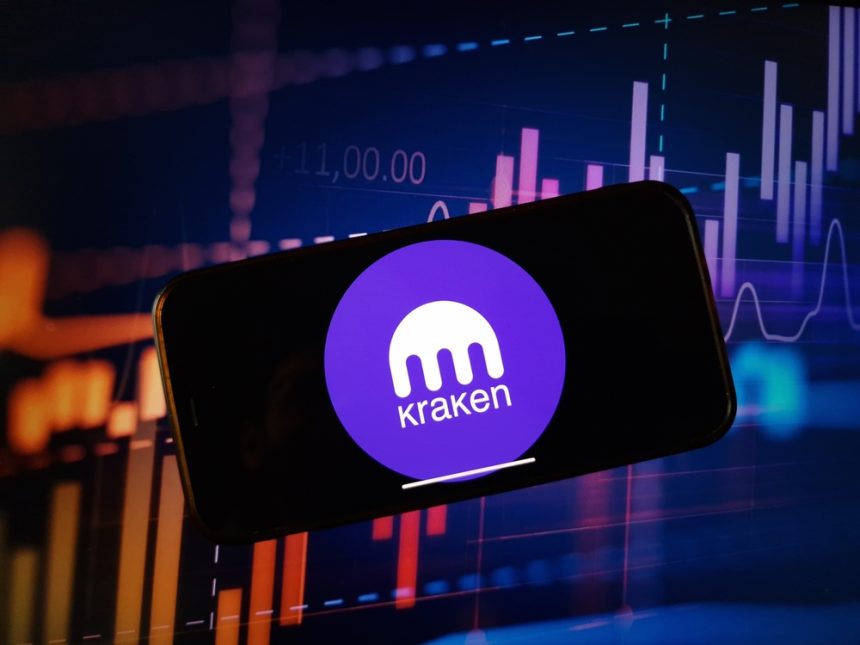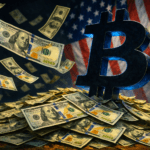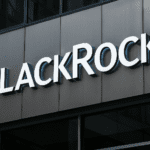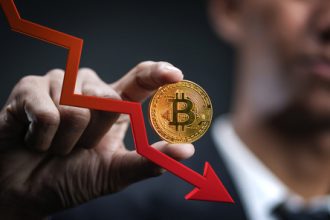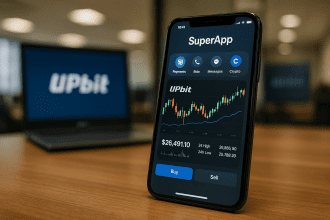Kraken’s regulatory moat makes it crypto’s most bankable platform
Kraken has been secretly reinventing itself from a traditional cryptocurrency exchange trading Bitcoin, Ethereum and more of the like into the new “It” platform for institutional investors. As other platforms chased hype or ted regulatory line, Kraken took the slow and steady road paved with security, compliance and transparency. Its deliberate transition to a regulated, multi-product financial services hub has endeared it to institutions and risk-averse individuals looking for stability in the space of volatility.
The regulatory strategy is the bedrock of Kraken’s achievements. It was also the first crypto firm to receive a Wyoming Special Purpose Depository Institution (SPDI) charter, effectively making it a bank under state purview. This step also allowed Kraken a credible position in traditional finance with guaranteed client assets were stored according to banking standards. It grew its U.S. presence even more by acquiring TradeStation Crypto, which also came with a slew of state licenses. In the U.K., Kraken upped its game by securing an electronic money institution (EMI) license, which guaranteed that the company’s payment services were compliant with stringent European regulations.
Combined, both of these licences create a strong regulatory moat, providing a compliance edge that is difficult for other companies to develop. Kraken’s conservative route to expansion is reflected in its line of offerings. In 2024, it added U.S. stock and ETF trading, so customers could manage traditional and crypto assets on one platform. This move made Kraken go beyond being an exchange, and become a one-stop financial center. It introduced tokenized equities as part of its xStocks project for international traders and users, allowing them to trade blockchain-based versions of some of the most popular stocks such as Apple and Nvidia on the BNB Chain. This next-generation hybrid of traditional and decentralized markets further solidifies Kraken’s vision for a future in which all forms of value exchange are seamlessly combined on one platform.
Inevitably cool security has always been Kraken’s calling card. The company holds one of the strongest “security-first” cultures in the industry securing customer assets by cold storing their funds, utilizing two-factor authentication, and conducting regular proof of reserves audits. “Kraken showed admirable resolve in 2025 by discovering and blocking a breach attempt associated with known North Korea hacking syndicates, an example of the proactive threat intelligence their systems offer. These initiatives have created a track record of trust that institutional investors can rely on. Financially, Kraken’s discipline is beginning to pay off. The firm said the revenue was up 128%, to a level of about $1.5 billion by 2024, with tens of billions in customer assets under custody. These are results that show caution and profitability can (apparently) exist in crypto at the same time. Flush with steady cash flow, Kraken is now looking to raise some $1 billion in debt ahead of a potential stint as a public company as soon as 2026 a staider move that puts it more in line with Wall Street’s norms than Silicon Valley’s unpredictable rallies.
Kraken’s regulatory run-ins have, if anything, strengthened its reputation more than tarnished it. In early 2023, it reached a settlement with the SEC on its U.S. staking service, opting for compliance over conflict. And in March 2025, the S.E.C. dropped a follow-up suit that sought to prove that Kraken was an unregistered exchange and did so with no change to its business. These results demonstrated Kraken’s resilience and ability to responsibly navigate choppy legal waters. The only blot was Australia, where its domestic operator was sanctioned regarding a margin product, yet that episode underscored Kraken’s openness to adapt and change course.
Kraken’s relocation from San Francisco to Wyoming also signaled its strategic alignment with a state that is at the forefront of digital asset regulation. By aligning itself with the SPDI framework, Kraken strengthened its links to legislators and regulators; It aligned itself more closely with the financial establishment. For institutions, Kraken provides a service called crypto as a service (CaaS) plug and play infrastructure that lets banks and fintechs incorporate crypto features into their systems without an expensive revamp of their compliance systems. This white-label model offers regulated custody, on/off-ramp solutions and reporting to enable partners to provide safe exposure while working under their own brand. For retail yet sophisticated users, Kraken’s move beyond crypto means being able to now make their money work for them across traditional markets and even across multiple asset classes of any type (and geography) they desire only in a safe and unified package that caters to your financial life in the form of a modern “finance super app” without any risk of over-expansion.
What sets Kraken apart is its promise of transparency. Trust becomes quantifiable as it publishes proof of reserves attestations, regulatory filings and financial performance data. This level of transparency appeals to investors as well as with regulators, and creates a new perception amongst crypto exchanges from being speculative platforms to regulated financial service providers. In the end, Kraken’s gradual ascendency is the story of an intentionally trustworthy reputation. It avoided flashy promotion and reckless expansion, choosing to grow slowly via license accumulation, steady product launches and a focus inwards on discipline. The exchange now serves as a model for how crypto companies can grow into bank like entities that could serve as a bridge between decentralized innovation and traditional finance. As the firm gears for a potential IPO and further expansion around the world, Kraken’s track record for stability and regulations will make it an archetype for digital finance going forward. In an industry with more than its share of fickle and often untrustworthy forces, the longevity of Kraken shows that not flash but trust is the most valuable currency there is.
The rebuke to that ethos was Kraken, which in effect didn’t just survive the crypto cycles it professionalized them. Through a mix of regulatory compliance, financial caution and bleeding-edge product strategy, it’s quietly become one of crypto’s most bankable names, signaling that the future of digital assets is likely to belong to those who play by the rules and build for the long haul.


